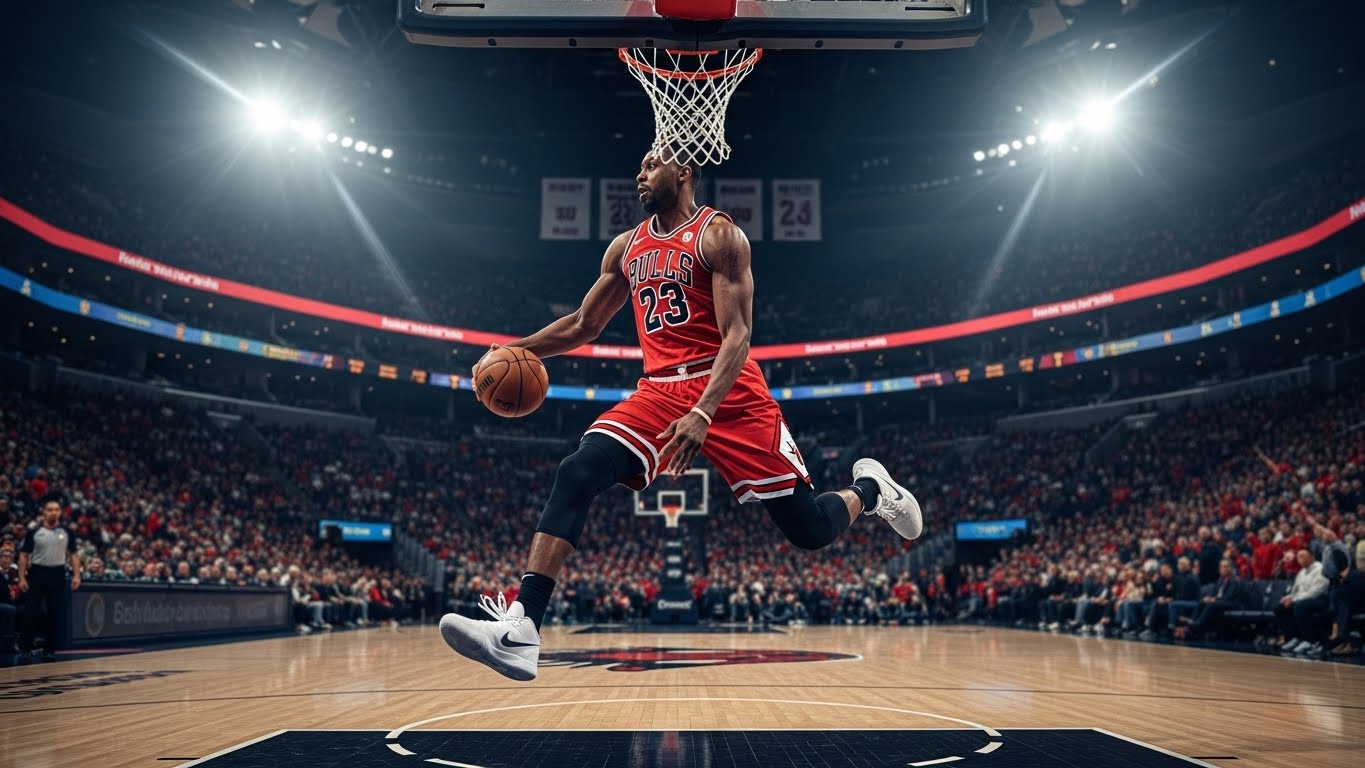Sports have existed since the dawn of civilization. From the ancient Olympic Games of Greece to the fast-paced global tournaments of today, sports have been a reflection of human passion, perseverance, and unity. They transcend borders, cultures, and languages, creating an environment where excellence is celebrated, character is tested, and communities are built. To understand sports is to understand humanity itself—its dreams, struggles, and endless pursuit of greatness.
The Historical Roots of Sports
The story of sports begins not in modern stadiums or televised broadcasts but in the dusty arenas of ancient civilizations. In Mesopotamia, evidence of organized games can be traced back thousands of years, with artifacts depicting wrestling, archery, and hunting contests. Ancient Egypt celebrated sports as a divine expression of strength and skill, with pharaohs and commoners alike participating in activities such as swimming, running, and spear-throwing.
Perhaps the most iconic origin of organized sports lies in Greece, where the Olympic Games began in 776 BC. These games were more than competition; they were a sacred festival honoring Zeus. Athletes trained for months to represent their city-states, bringing immense pride to their regions. Winning was seen as the ultimate mark of virtue, discipline, and dedication to both the gods and humanity.
In other parts of the world, different cultures created their own versions of physical competition. The Chinese developed early forms of martial arts, combining philosophy and movement. The Mesoamericans played a ceremonial ball game known as Ōllamaliztli, a ritualistic contest that blended athleticism with spiritual significance. Sports were not merely recreation—they were woven into the fabric of society, serving as expressions of belief, honor, and collective identity.
The Evolution of Modern Sports
As humanity progressed, so did the structure and meaning of sports. The Industrial Revolution transformed the world in countless ways, and organized athletics was no exception. The nineteenth century saw the formalization of rules, the founding of clubs, and the creation of leagues. Games like soccer, cricket, baseball, and rugby emerged from informal pastimes into codified institutions.
Britain, in particular, played a central role in spreading sports globally during its colonial expansion. The British introduced cricket to India, rugby to Australia, and football to Africa and Latin America. Over time, these regions not only adopted the sports but infused them with local flavor, producing their own legends and unique styles of play.
The revival of the Olympic Games in 1896 under the guidance of Baron Pierre de Coubertin marked a new chapter in global sportsmanship. The modern Olympics aimed to celebrate international unity and peace through athletic competition. The ideals of fair play, equality, and perseverance became central tenets, inspiring nations to compete not as enemies but as fellow members of a shared world.
Sports as a Reflection of Society
Sports mirror the social and political realities of their time. During moments of upheaval, they have served as both escape and expression. In the early twentieth century, sports provided hope amid economic depressions and world wars. Soldiers in the trenches played makeshift football games during lulls in battle, momentarily reclaiming a sense of humanity.
The civil rights era in the mid-twentieth century saw athletes become symbols of resistance and empowerment. Jackie Robinson broke the color barrier in American baseball, showing the world that talent knows no racial boundary. Muhammad Ali used his platform in boxing to speak out against injustice and inequality, transforming himself from a sportsman into a cultural icon.
In South Africa, Nelson Mandela recognized the power of sports to heal divisions. The 1995 Rugby World Cup became a turning point in post-apartheid reconciliation, uniting a fractured nation under a shared banner. Mandela’s vision demonstrated that sports could transcend politics and rebuild trust where words alone could not.
Today, sports continue to reflect ongoing social struggles—issues of gender equality, representation, and fairness. Women’s sports have risen dramatically, with athletes demanding recognition and respect equal to their male counterparts. Figures like Serena Williams, Megan Rapinoe, and Simone Biles have become not only champions in their fields but also advocates for mental health, diversity, and empowerment.
The Globalization of Sports
No other era has witnessed the global reach of sports as profoundly as the twenty-first century. The rise of technology, media, and travel has turned local games into global spectacles. A football match in Europe can be watched by millions of fans in Asia, Africa, and the Americas in real time. Athletes have become international celebrities, inspiring children across continents to dream of greatness.
This globalization has also fueled cultural exchange. Nations once distant now share common heroes and rivalries. The FIFA World Cup, for instance, unites billions of people every four years, each cheering for their country with pride and passion. Similarly, the Olympics bring together thousands of athletes representing nearly every nation, showcasing the beauty of diversity through sport.
While globalization has amplified the commercial side of sports—with sponsorships, endorsements, and billion-dollar contracts—it has also expanded its impact. Sports are now platforms for education, health promotion, and social change. Nonprofit organizations use athletics to empower underprivileged youth, teach teamwork, and foster peace in conflict zones. The spirit of competition has become intertwined with the mission of community building and hope.
The Science and Technology Behind Sports
Modern sports are no longer purely about physical talent; they are also about science, data, and innovation. Advances in technology have transformed the way athletes train, compete, and recover. High-speed cameras analyze motion, wearable sensors monitor performance, and AI-driven analytics help coaches design personalized strategies.
Nutrition and sports medicine have become crucial elements in maintaining peak performance. Athletes follow precise diets, recovery routines, and psychological training to enhance both body and mind. The use of biomechanics has refined techniques, reducing injuries and improving efficiency.
Even equipment has evolved. From aerodynamic cycling helmets to carbon-fiber prosthetics, the line between natural and technological performance continues to blur. Paralympic athletes, once sidelined by physical limitations, now compete with equipment designed to maximize human potential, proving that athletic greatness is not limited by physical ability.
Virtual and augmented reality technologies have also entered the training world, allowing athletes to simulate game situations and refine decision-making skills. Fans too have benefited, with immersive experiences bringing them closer to the action than ever before.
The Psychology of Sports
Behind every victory and defeat lies the invisible world of the athlete’s mind. Sports psychology has become one of the most important disciplines in modern athletics. Mental toughness, focus, and emotional control often make the difference between triumph and failure.
Athletes face enormous pressure—not only from competition but also from expectations of fans, sponsors, and nations. Managing anxiety, maintaining motivation, and recovering from setbacks are as essential as physical training. Mental health awareness has grown significantly, with top athletes speaking openly about their struggles. This openness has changed the perception of strength, showing that vulnerability is not weakness but part of resilience.
Team dynamics also play a vital role. In sports like football, basketball, and hockey, success depends on trust, communication, and shared vision. Leadership within teams fosters unity and belief, turning groups of individuals into cohesive forces. Coaches are no longer mere tacticians; they are mentors who nurture character as much as skill.
The Cultural Power of Sports
Sports have always been cultural expressions. They influence fashion, language, and entertainment, shaping how people identify themselves and their communities. A football jersey or a team chant can symbolize pride, loyalty, and belonging. Stadiums become sacred spaces where emotions run high and history is written in real time.
The media has amplified this cultural presence. Sports broadcasting has turned matches into global events, creating unforgettable moments etched into collective memory. Iconic calls, dramatic finishes, and underdog stories remind us why sports captivate hearts across generations.
Music, film, and art have drawn inspiration from sports as well. Movies such as Rocky and Chariots of Fire celebrate the human spirit of determination and perseverance. Sports also bridge generations—parents teaching children how to throw a ball, families gathering to watch championships, and communities celebrating shared victories.
Even outside professional arenas, local sports play a central role in shaping identity. From high school football fields to neighborhood cricket pitches, sports bring people together in ways few other activities can. They teach discipline, teamwork, and respect—values that extend far beyond the boundaries of the game.
The Business of Sports
In the modern era, sports have evolved into a multi-trillion-dollar industry. From broadcasting rights to merchandising and sponsorship deals, the economic influence of sports is massive. Major events like the Super Bowl, the Olympics, and the World Cup generate billions in revenue, impacting tourism, infrastructure, and employment.
However, commercialization has sparked debates about the purity of sportsmanship. Critics argue that excessive money and media attention can overshadow the essence of the game. Yet, this economic power has also created opportunities. Sports funding supports youth programs, builds facilities, and promotes education and health initiatives worldwide.
Athletes themselves have become brands, leveraging their fame for both profit and purpose. Many use their platforms to advocate for social issues, build foundations, and inspire positive change. The blend of commerce and compassion has become a defining feature of modern athletic culture.
Sports and Technology in the Digital Age
The rise of the internet and social media has redefined how fans interact with sports. Platforms allow direct communication between athletes and their supporters, breaking down barriers once created by distance and fame. Highlights, live streams, and real-time commentary keep fans engaged around the clock.
E-sports have emerged as a new frontier, blurring the lines between physical and digital competition. Professional gamers attract audiences that rival traditional sports, demonstrating how human creativity continues to expand the definition of athleticism. Though some question whether e-sports belong in the same category as physical sports, their growth underscores the evolving relationship between play, technology, and community.
Virtual communities of fans have also become powerful voices in the sporting world. Supporters organize charitable campaigns, celebrate victories, and share memories online, creating a global network of belonging and shared enthusiasm.
The Educational Value of Sports
Sports have long been integral to education. Schools and universities worldwide recognize their power to teach essential life lessons. Teamwork, discipline, leadership, and resilience are cultivated through participation in games. Students learn how to win with humility and lose with dignity—lessons that shape their character beyond academics.
Physical education programs promote health and fitness, combating the sedentary lifestyles of modern society. Beyond physical benefits, sports encourage inclusivity and collaboration, helping young people from diverse backgrounds work toward common goals.
Scholarships and collegiate programs offer opportunities for talented athletes to pursue education while refining their skills. For many, sports become a pathway to personal growth, higher education, and lifelong friendships.
The Ethical and Environmental Challenges
As sports have grown, so too have their challenges. Ethical issues such as doping, corruption, and match-fixing threaten the integrity of competition. Governing bodies have implemented strict measures to preserve fairness, but scandals continue to surface, reminding the world that vigilance is essential.
Environmental concerns have also gained attention. The construction of massive stadiums, travel emissions, and resource use for mega-events raise questions about sustainability. In response, organizations are adopting greener practices—using renewable energy, promoting recycling, and designing eco-friendly venues. Sports, with their global influence, can play a leading role in promoting environmental awareness and responsibility.
The Future of Sports
Looking ahead, the future of sports promises both evolution and tradition. As technology advances, athletes will continue to push the boundaries of human performance. Artificial intelligence, genetic research, and data analytics will redefine training and competition. Yet, the soul of sports—the human spirit of striving and connection—will remain unchanged.
Inclusivity will shape the next era. Adaptive sports will gain further recognition, ensuring that athletes of all abilities have platforms to shine. Women’s sports will continue to rise, challenging outdated norms and expanding opportunities. The blending of cultures through global tournaments will deepen understanding among nations, fostering peace and friendship through shared competition.
Moreover, as society becomes more aware of mental health and well-being, sports will evolve to prioritize balance over burnout. The conversation will shift from mere success to sustainable excellence—where joy, purpose, and personal fulfillment are as important as victory.
Conclusion: The Enduring Power of Play
Sports are far more than games. They are the heartbeat of human aspiration, the language of unity that everyone understands. From a child kicking a ball in the street to an Olympian standing atop a podium, the essence is the same: the pursuit of excellence, the joy of movement, and the thrill of belonging to something greater than oneself.
In every era, sports have mirrored the triumphs and trials of humanity. They have the power to heal divisions, inspire change, and celebrate life itself. Long after scores fade and records break, what remains is the shared spirit—the timeless belief that through effort, courage, and respect, we can rise together.
In the end, sports remind us that while victory is fleeting, the journey is eternal. Every athlete, every fan, and every moment of play becomes part of a larger story—a story that continues to unite the world through the simple, powerful act of striving to be our best.



